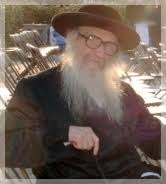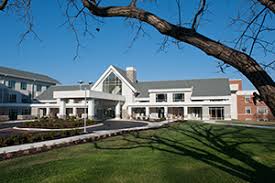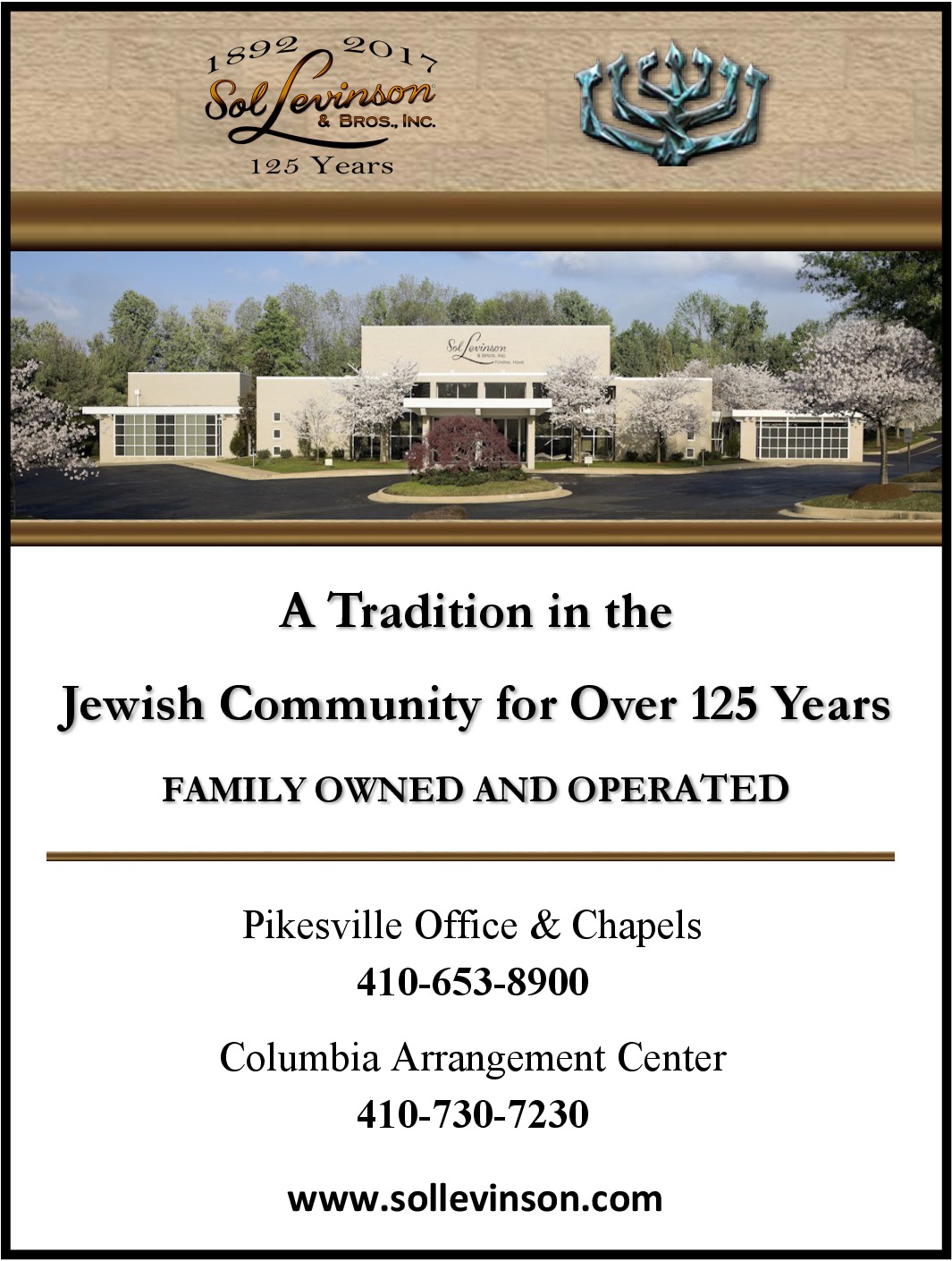Kosherfest: Around the World in 240 Minutes

When I was growing up, if we wanted to eat a candy bar, packaged cupcake, or ice cream cone, all we did was read the product label to deterWhen mine that it did not contain lard or other obviously non-kosher ingredients, and we considered it kosher. There were few hechsherim then on processed food, and ingredients were simpler, too. That’s why I marvel at how sophisticated the kosher industry has become, a feeling that is magnified tremendously when I attend Kosherfest, the world's largest business-to-business kosher food and beverage event. Unlike us Baby Boomers, today’s kosher consumers are spared the guesswork, needing only a glance at the label to find a reliable kosher certification logo.
This year, I was among more than 6,000 people from 21 countries who attended the 30-year-old annual event, held at the Meadowlands Convention Center in Secaucus, New Jersey, November 13-14. With only about four hours to enjoy the largest kosher smorg in the world, to carefully choose which milchigs to eat before seeking fleishigs – oh yes, and to interview participants for this article – I decided to focus on two aspects of the tradeshow: unique products and foreign booths.











